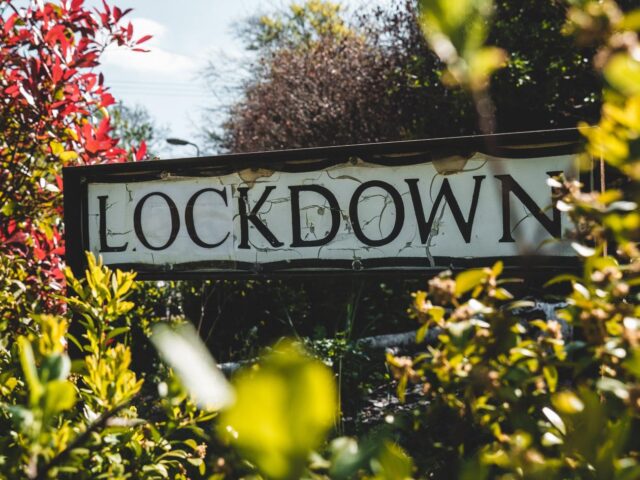Researchers Dr Magda Borkowska and Dr James Laurence used the UK-wide longitudinal household panel study Understanding Society to look at how people felt about their neighbours and their local neighbourhood during June 2020 and compared this with what they reported in 2011/12 and 2014/15. Surprisingly, they found that across the whole population the percentage of people reporting positive feelings about their community was lowest during the pandemic period.
The number of people who felt that they could trust other people in their neighbourhood fell from nearly 70% in 2011/12 to 56% in 2020. The lockdown also seems to have made people feel more isolated in their community, with a decline in whether people feel that they are similar to others in their neighbourhood. The analysis found that only 45% of people felt similar to others living around them, which is 17% less than in 2014/15.
The decline in social cohesion was noticeable across all the measures, both behavioural, such as talking to neighbours, and attitudes, such as thinking local people get along well. Talking to neighbours declined during the pandemic, probably because of the lockdown and the need to socially distance. Just over 50% of people reported talking to their neighbours in June, compared to 60% in 2014/15. The only measure that remained relatively stable during the lockdown was people’s willingness to help their neighbours – in June 65% of people agreed that people in their community helped each other, compared to just over 70% in 2014/15.
Changes in social cohesion were seen across all areas of the UK and for all socio-demographic groups – the pandemic appears to have had a negative effect on perceived cohesion among people and places. Some groups did see their community cohesion decline more than others though. People living in the most deprived neighbourhoods, people under the age of 35 and people from certain ethnic minority backgrounds (Pakistani, Bangladeshi and Black) experienced larger declines. When compared with previous years, the higher decline in neighbourhood cohesion for the most deprived areas and for ethnic minority groups appears to be a distinct and new change, compared with community cohesion in the years before the pandemic.
Dr Magda Borkowska said, “The lockdown meant that people spent more time at home and in their local community. We were expecting this focus on home to make people feel more positively about their neighbourhood, but instead found that people felt more isolated and less trusting of the people that they live near. If lockdowns have the effect of making people less neighbourly, this suggests that there is significant work to be done to build up community cohesion as the local lockdowns continue this winter and when the pandemic has passed.”
Dr James Laurence said, “At a time when pulling together is more important than ever, it looks like the pandemic is pushing us further apart. This could compound the pandemic’s negative effect on our lives. Cohesive neighbourhoods provide important support for people. They can help support people’s everyday needs, such as shopping for someone who can’t make it to the shops. But they also support people’s mental health, where feeling more connected to neighbours and the neighbourhood can protect people from the trauma of crises. Weakening cohesion may therefore be eroding a key pillar of support in people’s lives. This is especially worrying for those in more disadvantaged areas, who have been hardest hit by the pandemic and likely need such support the most.”
Covid 19




